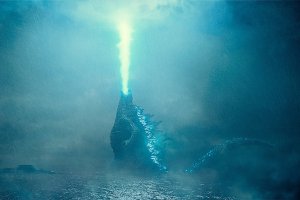"My Guardian colleague Warren Murray has filed the following explainer on transponders. A lot of the focus today is on various tracking technology on board the aircraft after reports in the last 24 hours that the plane was sending data for hours after it lost contact, and more recently that two communication systems shut down 14 minutes apart - suggesting possible deliberate action.
This from Warren:
There seem to be some potentially flawed assumptions being made about the plane’s transponder, and the idea that if it was operating normally, it should have been bleeping out the 777’s location right until the moment it crashed, unless the pilot had switched it off.
In fact that’s not the case - it seems very likely the transponder would have been set up so that it would only send out a signal if prompted by a receiving station on the ground.
Planes are tracked by two kinds of radar - primary and secondary. The primary kind is what most of us understand: a beam of radio waves being sent out from a ground station, bouncing off anything in its path, with that reflection picked up by the ground station and used to work out the location of the plane or other target. It is a passive system that doesn’t require the plane to do anything to be “seen”.
But transponders work on secondary radar, which involves the ground station not just spraying out radio waves but instead sending out a sort of query or “interrogation” asking for a reply from transponders.
If the Malaysia Airlines 777 was not being interrogated by a secondary radar system – for example, it was out of range – the transponder would just sit there, doing nothing. It wouldn’t have to be switched off to stop transmitting – in fact it is designed generally only to transmit when it receives an “are you there” from a secondary radar system. It is not a simple beacon that transmits all the time regardless of whether anyone is listening.
Also, a plane may need to be assigned a “squawk” code by air traffic controllers, which the pilot is given over the radio and has to dial into the transponder, so that the local secondary radar system knows what “address”, if you like, to use when identifying the plane and its transponder
"














